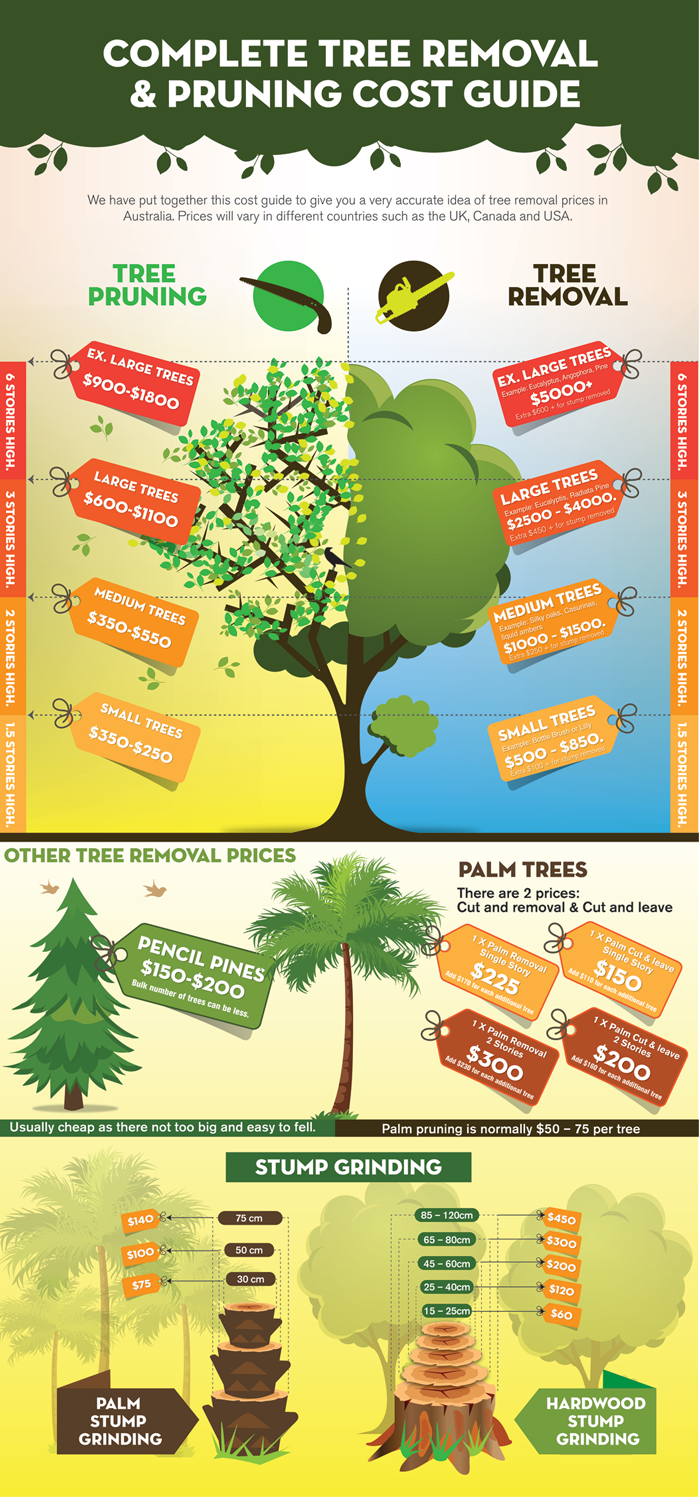Seek Substantial Warnings That Your Tree Could Be A Danger; Understanding These Can Aid Guard Your Home And Your Family.What Should You Watch Out For Next?
Seek Substantial Warnings That Your Tree Could Be A Danger; Understanding These Can Aid Guard Your Home And Your Family.What Should You Watch Out For Next?
Blog Article
Content Composed By-Reid Hubbard
When it concerns tree care, recognizing the indications that it's time for removal is crucial for your safety and property. You might observe discolored leaves, wilting branches, or weird fungal developments suggesting health issue. Structural problems, like a significant lean or splits in the trunk, can additionally posture dangers. Recognizing these warning signs can aid you make informed decisions about your trees and protect against possible dangers prowling in your backyard. What should you search for next?
Signs of Degeneration and Disease
When you see indicators of decay and disease in your trees, it's vital to act quickly. Look for discolored fallen leaves, wilting branches, or unusual growths like fungi. These can indicate that your tree is battling.
If you see fractures in the bark or soft, mushy wood, these signs recommend interior degeneration. In addition, an unexpected increase in bugs around your tree can indicate that it's deteriorated and vulnerable.
Check for Click On this page of dead or passing away limbs, as they present a threat to your residential or commercial property and safety. If you doubt concerning what you see, consulting an arborist can give clearness.
Addressing these indications early can conserve you from much more comprehensive damages and ensure the health and wellness of your backyard. Do not wait until it's far too late.
Structural Instability and Leaning
As you observe your trees, keep an eye out for any type of indications of structural instability or leaning. If a tree leans substantially, it might suggest that the origin system is jeopardized.
Search for any kind of splits in the trunk or dirt around the base; these can signal prospective failure. Furthermore, check for unusual development patterns, like an unbalanced crown, which might suggest that the tree is battling to hold itself upright.
If you discover that the tree leans toward your home, high-voltage line, or other structures, it poses a higher danger. Don't overlook these indications-- consult an arborist to assess the scenario.
Taking action early can prevent expensive damages and guarantee your safety and security.
Dead or Perishing Branches and Vegetation
If you notice dead or passing away branches and foliage on your tree, it's a clear indication that something's incorrect.
These unhealthy locations can show underlying issues like illness, insect invasions, or ecological stress and anxiety. When branches lose their fallen leaves or transform brownish, they're no more contributing to the tree's health. Ignoring these indications might cause more decline, making your tree extra harmful.
Dead branches can conveniently break short throughout tornados, posturing a threat to residential or commercial property and individuals nearby. Pruning Semi Dwarf Apple Trees to assess the extent of the damage.
If the trouble influences a substantial part of the tree, take into consideration speaking with a specialist. They can aid identify if elimination is required to make certain safety and security and keep the beauty of your landscape.
Final thought
If you observe any kind of indications of decay, structural instability, or dead branches on your trees, don't disregard them. These indications can pose significant security risks to you and your home. It's always best to consult a specialist arborist who can provide a specialist evaluation of your trees. Taking action early can stop mishaps and costly damages, guaranteeing your landscape continues to be risk-free and healthy and balanced. Bear in mind, it's much better to be proactive about tree treatment than to await a disaster to happen.
